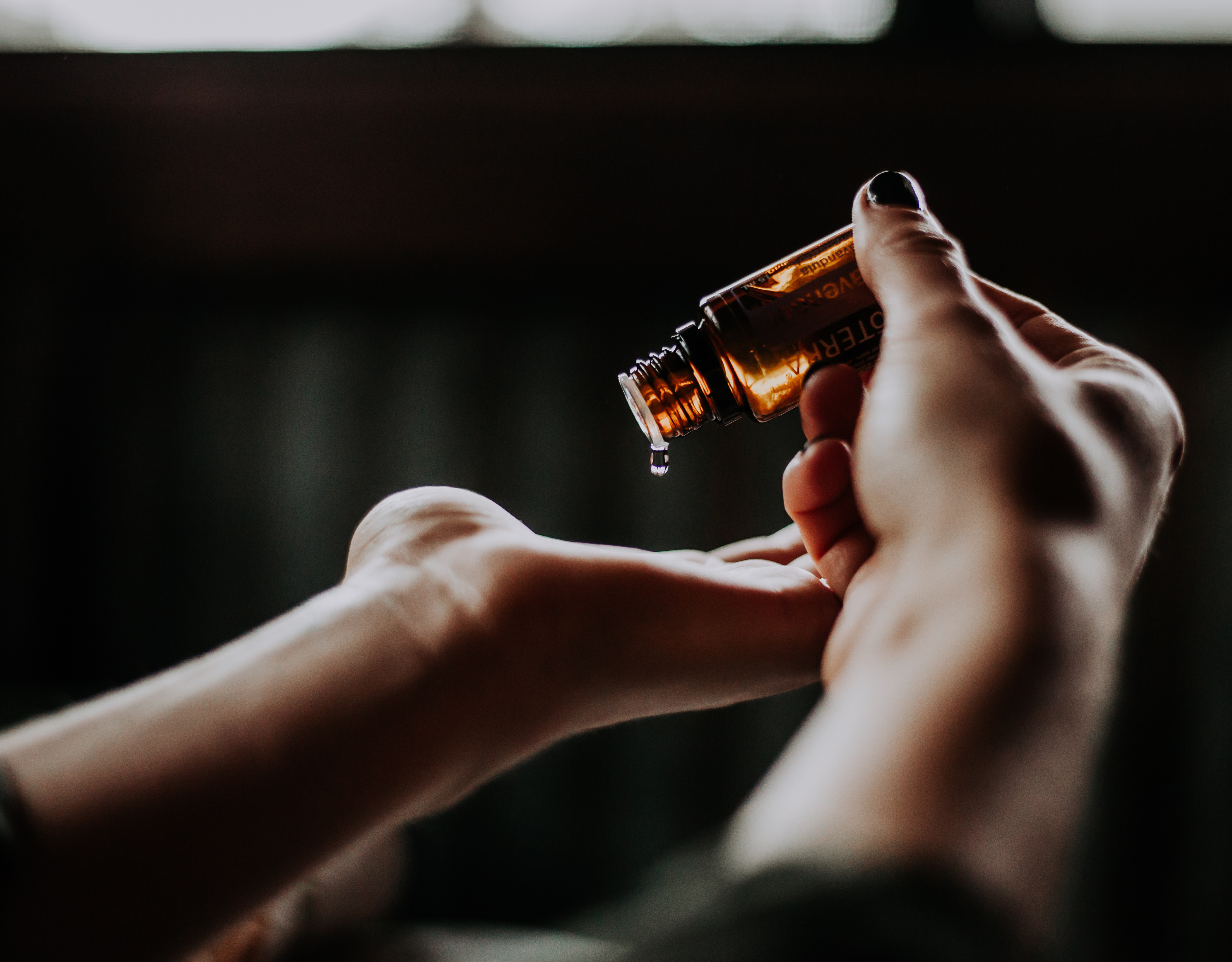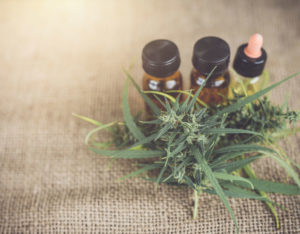CBD is hot right now. With its ever-increasing popularity and attention comes both documented research and troubling misconceptions. The onslaught of information, whether fact or faction, makes it pretty complicated to learn more about CBD and its potential health benefits. Let’s start with the basics.
The cannabis family is a variety of plants. Marijuana, scientifically known as cannabis indica, is a separate plant from hemp, also known as cannabis sativa. Simply put, we’re talking about two different plants that look similar but, in function, are quite different.
These plants produce active compounds that are unique to their species, called cannabinoids. Depending on who you talk to, there are upwards of 100 different types of cannabinoids, each with their own respective benefits and responses. We’re just scratching the surface here, but as of now, the two most well-known cannabinoids are tetrahydrocannabinol (THC) and cannabidiol (CBD).
Does it get you high?
THC possesses psychoactive and intoxicating properties. Typically, marijuana contains between 5 and 35 percent THC. Because its THC levels are so high, marijuana can produce the euphoric feeling of being high. CBD, on the other hand, generally has trace amounts of THC.
Unlike THC, CBD is not known to produce psychoactive or intoxicating effects. Take poppy seeds, for example. Someone choosing to avoid CBD because it comes from the cannabis family might be like someone avoiding a poppy seed muffin because it comes from papaver somniferum, the plant used to make heroin and morphine.
Although everyone’s body metabolizes differently, and there are a multitude of other factors at play, CBD has not been found to produce a feeling of high. Anecdotally, CBD creates feeling of calm and encourages healing and balance in the body. These benefits are attributed to a process that happens when the cannabinoids interact with the body’s cannabinoid receptors in the endocannabinoid system.
How does CBD work?
The human endocannabinoid system (ECS) has two components: CB1 and CBD2. CB1 receptors are mostly found in the brain and central nervous system and, to some extent, in other tissues. CB2 receptors can be found in immune cells, the gastrointestinal track and the peripheral nervous system.
Imaging cannabinoids and human receptors having a lock and key relationship. Endocannabinoids bind with cannabinoid receptors and send a message to the body to do specific things. This could potentially aid in a variety of human functions including appetite, sleep, mood, pain, metabolism, immune response, the lifespan of cells and much more.
Why should you use CBD?
If CBD sounds too good to be true, just remember that research is in its infant stages and most of what we know comes from anecdotal evidence. Still, many users report relief from a variety of skin, gut and autoimmune issues, along with cosmetic complaints such as dry skin and signs of aging.
Some people use CBD oil to help them sleep, while others use it to manage feelings of social anxiety. Some apply CBD cream directly to aching joints as a supplement to their current pain management routine. No matter your reason for considering CBD as an addition to your wellness routine, talk with your doctor first. Then check back here for updates on all things CBD.




